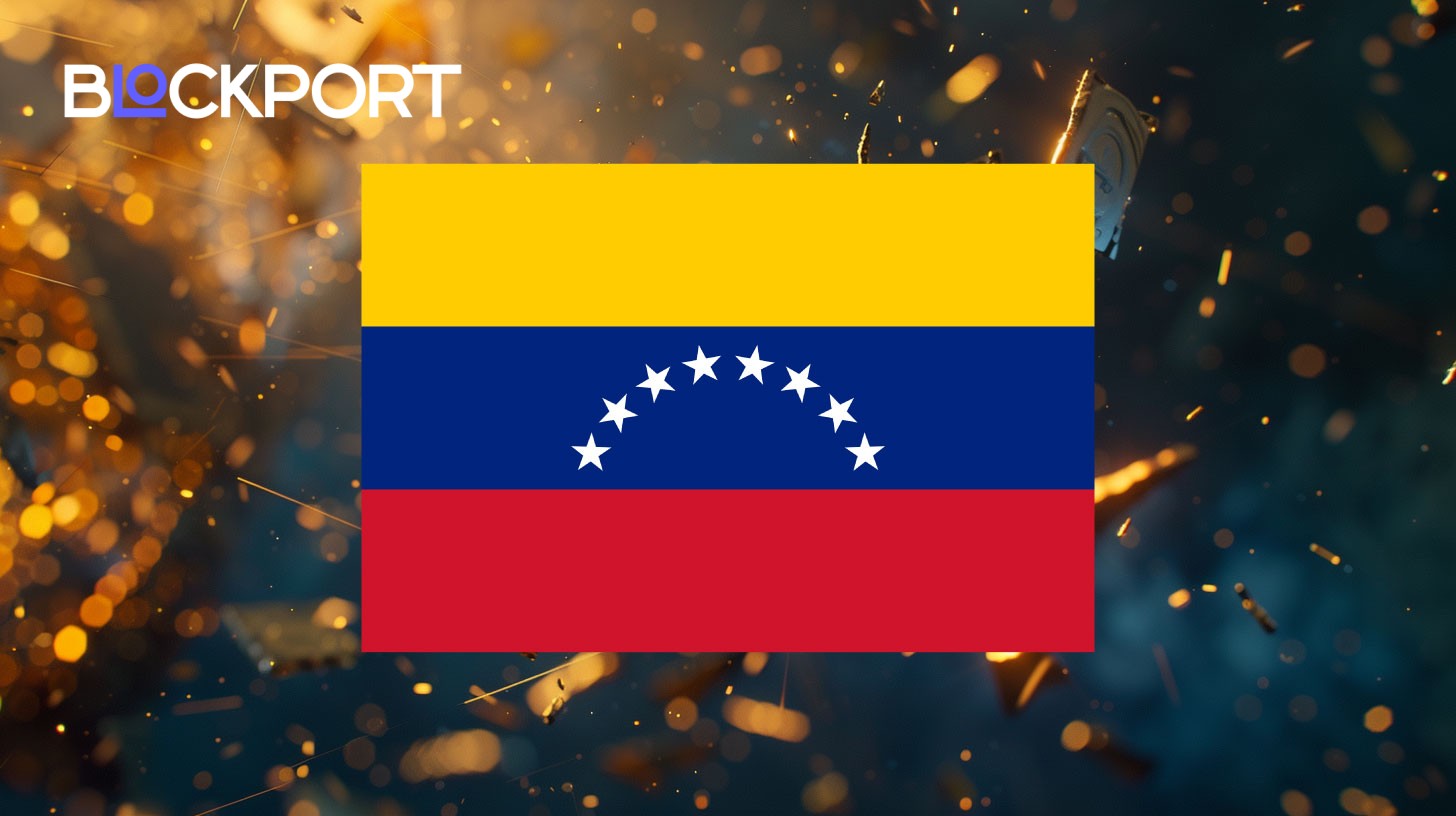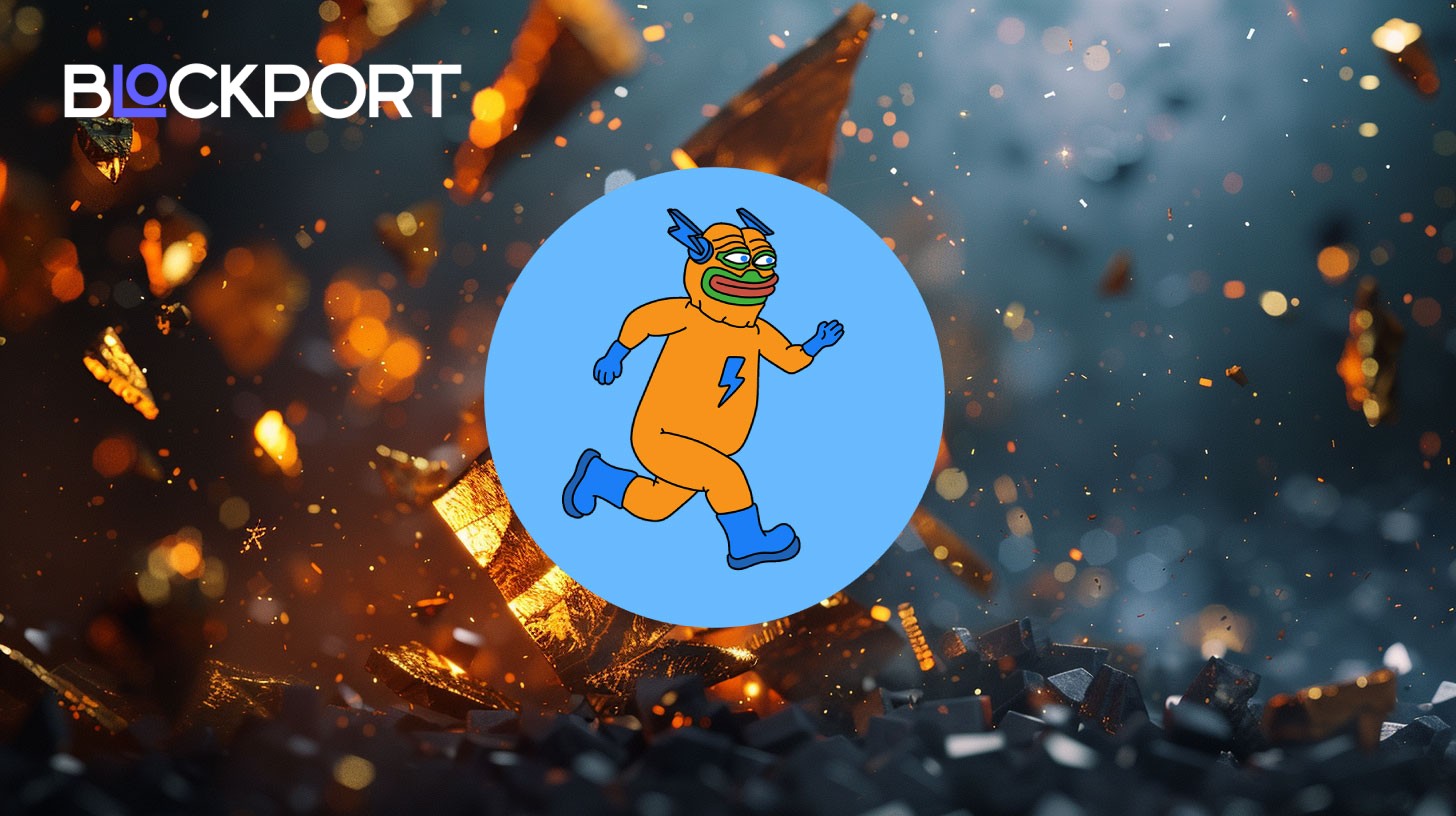Tesla rival Faraday Future goes all-in with multi-billion dollar crypto strategy

Faraday Future announces a new multi-billion dollar crypto reserve strategy, positioning the company in a unique place within the electric vehicle market.
In the automotive industry dominated by traditional players, every company seeks its own path to success. The electric vehicle startup, Faraday Future Intelligent Electric (FF), is announcing plans that could change the usual rules of the game. The company has announced a new financial strategy based on creating a multi-billion dollar cryptocurrency reserve. This positions FF as a pioneer in integrating Web3 technologies into its core business model.
Faraday Future’s new strategy – the path to Web3
Faraday Future Intelligent Electric Inc. was founded in 2014. The company’s headquarters are located in Los Angeles, California, where design and engineering work also takes place. FF’s main production facility is a plant in Hanford, California. However, despite ambitious plans and announcements, the company’s production figures currently remain very modest. According to financial reports, from launching the FF 91 model in March 2023 through mid-2025, the company has sold fewer than 100 electric vehicles. This data shows that the company is at the initial stage of commercializing its products, and its main activity is focused on development, not on mass production.
Rather than simply investing in digital assets, Faraday Future aims for deeper integration with the world of Web3. On the company’s official website and in its social media communications, particularly on its X account, there is a clear intention to create a full-fledged Web3 ecosystem. This strategy goes beyond buying and holding cryptocurrencies as a reserve. It implies the active use of blockchain technology for various business processes, which could be a key differentiator from competitors.
The announced ten-billion dollar crypto reserve should serve several purposes, with the first $30 million Bitcoin purchase planned for next week:
First, it can provide additional liquidity and financial stability through asset diversification.
Second, it can build Web3 service infrastructure integrated into vehicles and related platforms.
This could include, for example, using tokens to pay for services, access exclusive content, or even create a reward system for vehicle owners who participate in the development of the ecosystem.
The goal of FF, as they declare it, is to transform their customers from ordinary consumers into active participants in a decentralized project. This strategy reflects the fundamental principles of Web3: inclusivity, transparency, and user-centricity. The company aims to create a model where value is generated and distributed not only from top to bottom but also among all participants in the network. Thus, Faraday Future states that their approach to cryptocurrencies is not a financial speculation, but part of a strategic vision where the car becomes a node in a decentralized digital network.
Competition on a new front: Tesla vs. Faraday Future
When it comes to cryptocurrencies and electric vehicles, the first thing that comes to mind, of course, is Elon Musk and his Tesla. The company was one of the first major players that not only acquired a significant amount of Bitcoin for its reserves but also, at one point, began accepting it as payment for its cars. This move caused a sensation in the financial world and the digital asset market. However, as practice has shown, Tesla’s attitude towards cryptocurrencies remains, for the most part, financial and investment-based. Musk is undoubtedly a public supporter of Bitcoin and Dogecoin, but the integration of crypto technologies into Tesla’s business model has not become a central part of it.
Faraday Future’s approach, judging by their statements, has a different nature. If for Tesla cryptocurrencies are primarily an asset and a means of payment, then for FF it is, as is assumed, the basis for building an entire ecosystem. The company not only considers the possibility of accepting payments in Bitcoin but also plans to create a working platform where digital assets can be governance tokens, rewards for community participation, or even the basis for a new financial model of car ownership. This represents a fundamental difference: Tesla treats crypto assets as tools within its existing business model, while FF plans to build its entire business model around them.
This difference in approaches could become a new field for competition between the two companies. While Tesla remains the undisputed leader in the production and innovation of electric vehicles, Faraday Future is trying to occupy the niche of a Web3 pioneer. FF’s success will depend on whether they can realize their ambitious plans and truly create a working ecosystem that brings real benefits to its users, rather than remaining just a marketing ploy.
Prospects of merging Web3 technologies and automotive engineering
The integration of automotive technologies and Web3 opens up many perspectives that could revolutionize the perception of vehicle ownership and use. Faraday Future’s concept, if implemented, could become a catalyst for the emergence of new business models. One such model is asset tokenization. For example, a portion of car ownership could be represented as a non-fungible token (NFT), which simplifies its sale or transfer. This could be especially relevant for sharing services or for creating collectible cars with a unique digital history.
Another prospect is the use of blockchain for data management. The entire service history of a car, its mileage, and data about previous owners could be recorded in a decentralized ledger. This would increase transparency in the secondary market and help combat fraud. Moreover, with the help of crypto technologies, decentralized networks for charging could be created, where car owners can directly sell their excess energy. This could lead to the emergence of more efficient and sustainable systems.
Ultimately, the merger of Web3 technologies and the automotive industry opens the door to the creation of fully integrated and user-centric ecosystems. Faraday Future, with its stated strategy, aims to be at the forefront of this movement. This is not just an attempt to attract investors, but a bid to rethink what a car is: from a simple means of transportation, it can turn into a dynamic, interconnected part of a decentralized digital world.
However, success will depend on whether FF can execute these ambitious plans rather than just announce them. The automotive industry will be watching to see if Web3 integration can actually transform vehicle ownership – or if it remains an expensive experiment.
Content on BlockPort is provided for informational purposes only and does not constitute financial guidance.
We strive to ensure the accuracy and relevance of the information we share, but we do not guarantee that all content is complete, error-free, or up to date. BlockPort disclaims any liability for losses, mistakes, or actions taken based on the material found on this site.
Always conduct your own research before making financial decisions and consider consulting with a licensed advisor.
For further details, please review our Terms of Use, Privacy Policy, and Disclaimer.



























